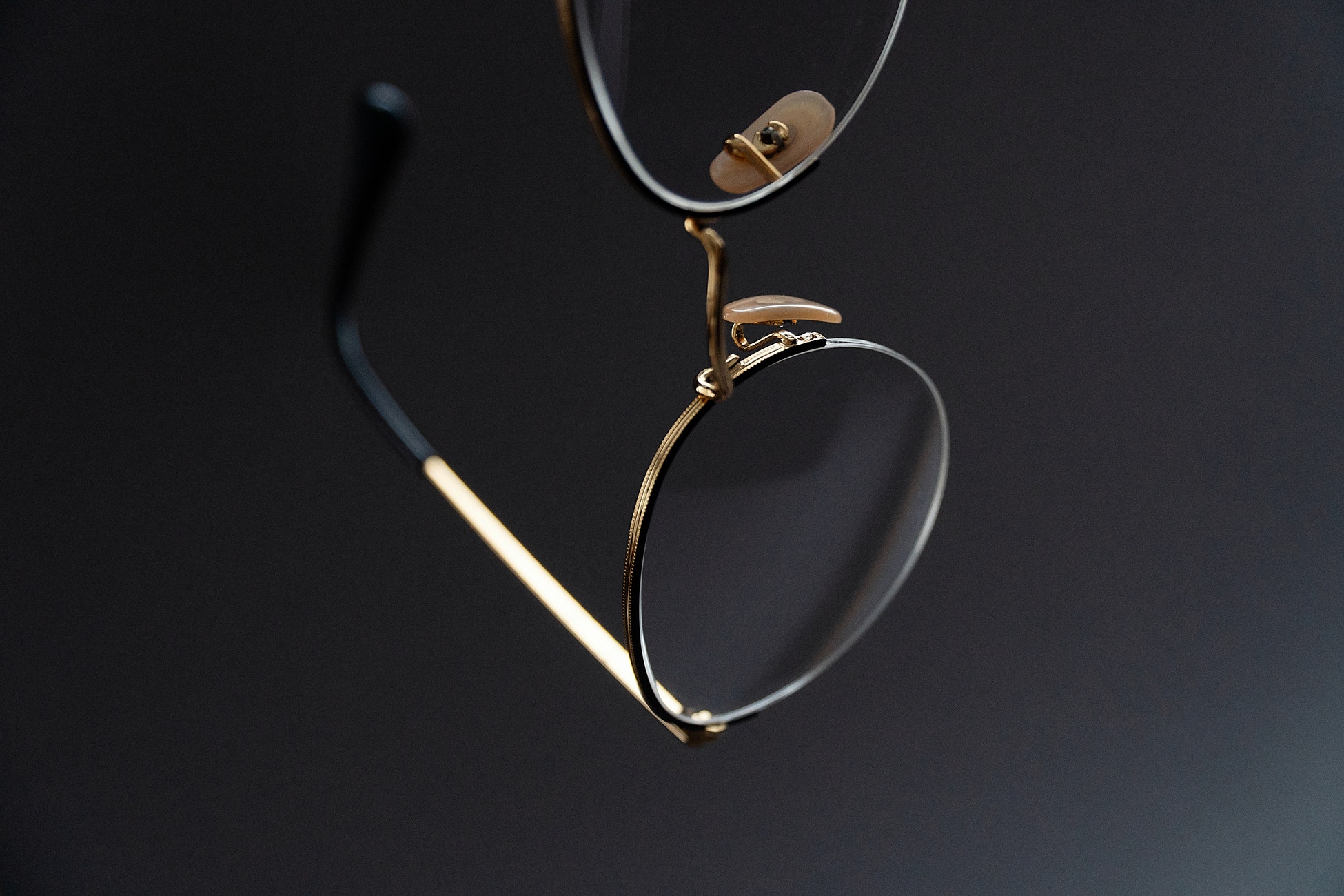The Science Behind Glare-Reducing Lenses & Their Uses (1/1)
Posted by Danielwalters.com on 18th Apr 2019

Glare-reducing lenses boost your ability to see in conditions where the behaviour of light distorts vision. They can be particularly helpful for nighttime driving, in the presence of reflective surfaces such as water, and preventing any mirror-like reflections off the lens. Glare-reducing lenses are either polarized or have an anti-reflective coating. There’s actually quite a bit of science behind how they work; let’s take a closer look at what they do and how your eyes can benefit from these specialized lenses.
Glare: let’s clarify what it is…
In general, glare refers to the effect that is observed when light reflects off a surface and disperses. As it pertains to vision, glare can either be from two sources: environmental (affecting non-lens wearers and those who use glasses, alike), or from the lens. All optical lenses--including those in a pair of glasses--reflect a percentage incident light; the most transparent ones reflect less than 0.1%. On average, standard eyeglass lenses reflect 10% of incident light photons. While it doesn’t seem like much, that 10% reflection produces enough glare to observe bright reflections on the lens, halos around oncoming headlights and other lights at nighttime, and otherwise blur vision.
Environmental glare is something that everyone is susceptible to experiencing. As the name implies, it’s produced when ground-parallel surfaces--such as water, snow-covered surfaces, and even highways--reflect light so that it propagates in a uniformly-aligned plane above that surface. The reflected beams, collectively, comprise environmental glare.
